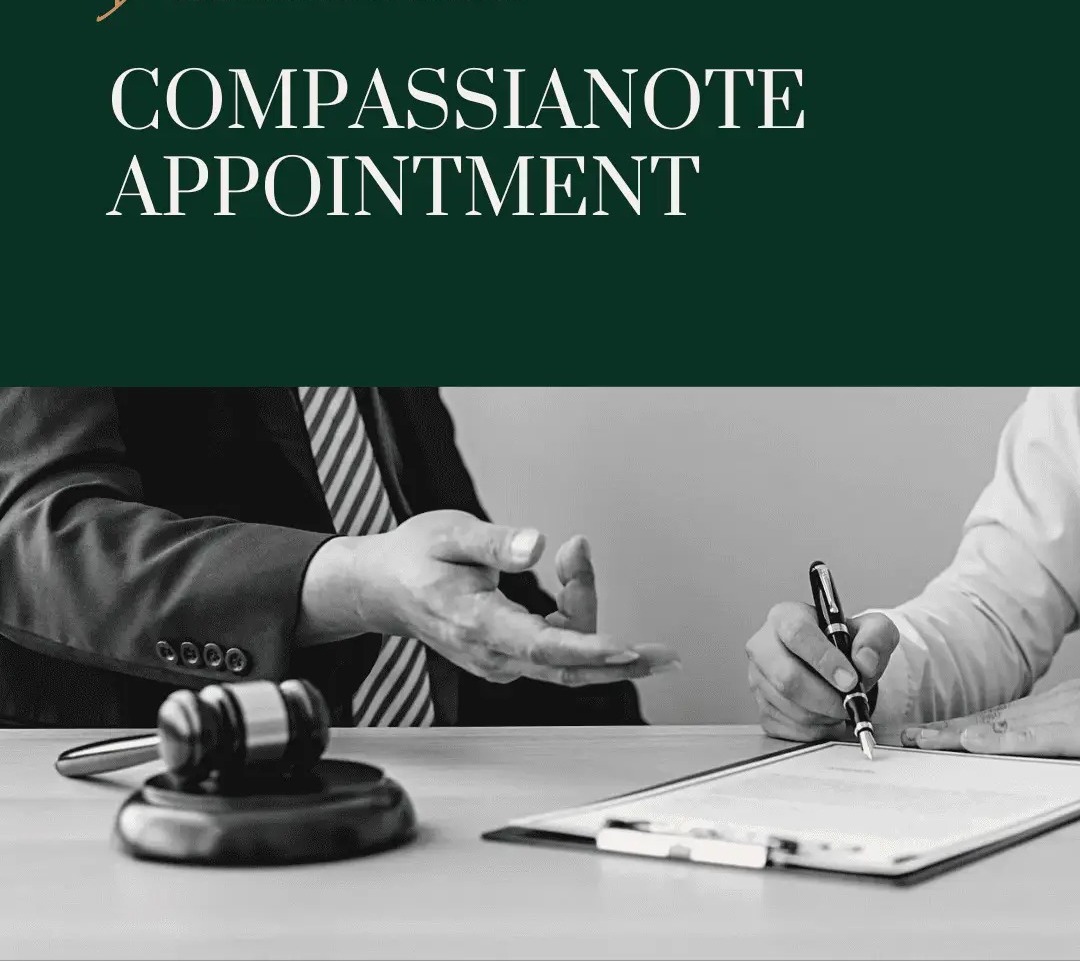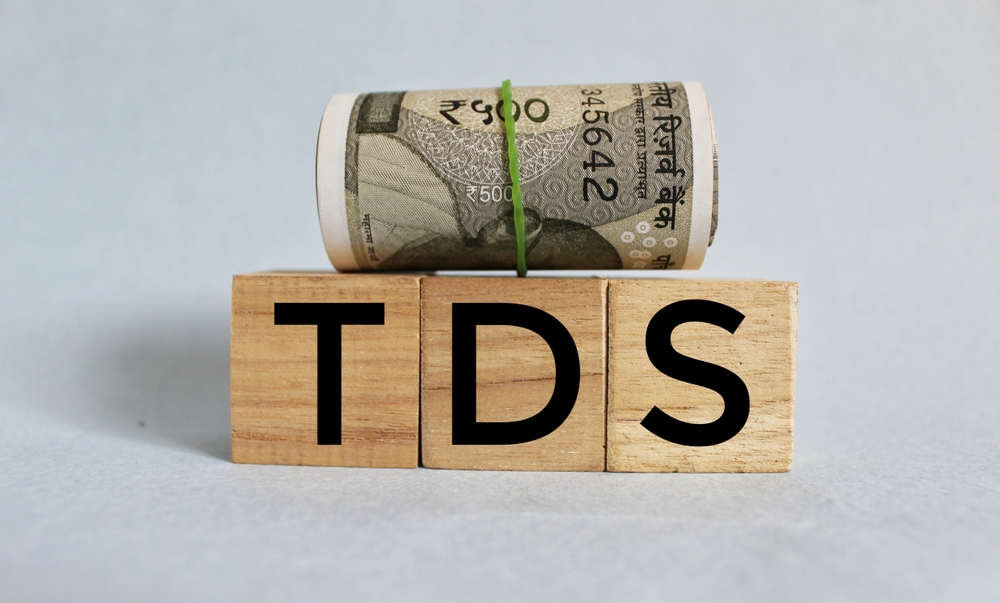@JUDGMENTTAG-ORDER
C.Y. Somayajulu, J.@mdashRespondent filed a claim petition u/s 166 of the Motor Vehicles Act 1988 (the Act), alleging that when he was proceeding in his auto rickshaw as a driver, a bus belonging to the appellant being driven in a rash and negligent manner dashed against his auto resulting in grievous injuries and consequent permanent disability to him and so he is entitled to Rs. 2,00,000/- as compensation. Appellant filed its counter inter alia contending that the accident occurred due to the negligence of the respondent himself while driving the auto in a recklessness manner and so he is not entitled to any compensation. In support of his case, the respondent examined himself as PW. 1 and another witness as PW. 2 and marked Exs. A1 to A9. No evidence either oral or documentary was adduced on behalf of the appellant. On the ground that the appellant failed to examine any witness on its behalf though the respondent adduced prima facie evidence to show that the accident occurred due to the rash and negligent driving of the bus belonging to the appellant, the Tribunal held that the accident occurred due to the rash and negligent driving of the bus belonging to the appellant and awarded Rs. 65,000/-as compensation to the respondent. Hence, this appeal by the respondent before the Tribunal.
2. Heard the learned Counsel for appellant. There is no representation on behalf of respondent either yesterday or today though the case is listed under the caption ''for orders''.
3. The points for consideration in this appeal are:
(1) Did the accident occur due to the rash and negligent driving of the driver of the bus belonging to the appellant or due to the negligence of the respondent while driving the auto?
(2) To what compensation if any is the appellant entitled to?
4. Ex.A. 1, copy of the First Information Report issued in connection with the accident, shows that one Y. Balthareddy gave the report to police alleging that an auto bearing No. AP 28T 3715 dashed against a bus bearing No. AEZ 4109 coming in its opposite direction resulting in injuries to the driver of the auto and so he may be sent to Gandhi Hospital. Ex. A2, certified copy of the charge-sheet filed by the police against the driver of the bus, reads ''the bus bearing No. AEZ 4109 being driven in a high speed in a rash and negligent manner dashed against an auto'' which prima facie is against Ex.Al which shows that it is the auto that dashed the bus. Though Ex. A2 shows that a panchanama of the scene of accident was prepared, neither the respondent nor the appellant produced the sketch or scene of accident panchanama. Since Ex.A3, certified copy of the Injuries Certificate of the respondent, shows that his breath was smelling alcohol and was reacting to painful stimulations, it is clear that he (the respondent) was under the influence of alcohol at the time of accident. The evidence of P.W. 1, during cross-examination, shows that the accident took place on a double width road. Since Ex. A2 does not show the name of PW2 as a witness to the accident, his evidence that he was a witness to me accident cannot be believed or accepted because respondent failed to explain as to how he came to know that PW. 2 was a witness to the accident. So, it is clear that PW. 2 is a witness brought up for the occasion. Be that as it may, since the appellant failed to examine its driver to speak about the facts and circumstances leading to the accident and since there seems to be a head on collision between two vehicles on a double width road, drivers of both vehicles involved in the accident must be held to be guilty of negligence because had one of them been careful he would have easily averted the accident and so I hold that the accident occurred due to 50% negligence of the driver of the bus belonging to the appellant and due to 50% contributory negligence of the respondent while driving his auto.
5. The respondent, who claimed that he suffered fractures to the right leg and right collar bone, and injuries to the head and right cheek and was an in-patient for more than one month in the Gandhi Hospital, did not think it fit to summon the case sheet relating to him or examine the Doctor who treated him. Ex. A3 shows that the respondent suffered a lacerated wound on the left forehead, lacerated injury over the front parietal area, lacerated injury over the left cheek, lacerated injury on front right knee, swelling, pain, tenderness and deformity of right thigh, lacerated injury over upper right leg and lacerated injury over left forearm and was referred to duty surgical officer for X-Rays etc. But, significantly, no case sheet relating to the respondent is produced. Ex.A5 outpatient ticket produced by the respondent shows that the respondent was admitted on 27-11-1997 and was discharged on 23-12-1997 after an operation on 13-12-1997 for the fracture of shaft femur lower third and that when he attended the out-patient ward the wound healed well and was advised for no weight bearing active movements and some medicines. Ex.A7 bunch of bills produced by him show that he spent Rs. 1,306 : 05 for purchase of medicines. Assuming that they are only some of me bills, an amount of Rs. 2,000/- can be taken as the amount spent by him towards purchase of medicines.
6. Except producing Ex. A4 said to have been issued by a Doctor of ESI Hospital, me respondent did not adduce any other relevant evidence that he suffered a permanent disability due to the fracture suffered by him in the accident. Had die respondent produced the case sheet maintained by the Gandhi Hospital or examined the Doctor who treated him, it would have been known whether the respondent suffered any disability or not. Mere fracture to a shaft of right femur does not cause 20% permanent disability. The photograph affixed to Ex. A4 also does not show that he has any deformity in the leg. So, me contention of the respondent that he has 20% permanent disability is not supported by any medical evidence. Since the respondent did suffer fractures, he must have been out of work at least for three months. So, he must have lost his earnings for a period of three months. Since the accident occurred in 1997, it can be taken that the respondent was earning about Rs. 2,500/- per month from his auto or other source of income. So, the respondent is also entitled for Rs. 2,500/- x 3 : Rs. 7,500/- towards loss of past earnings.
7. Because of the injuries suffered by him, he must have undergone pain and suffering. So, Rs. 7,500/- can be awarded to the respondent towards pain and suffering.
8. Rs.5,000/- can be awarded towards attendant charges, extra nourishment and transport to hospital.
9. Assuming that the respondent has some inconvenience due to the fracture suffered by him, he can be awarded Rs. 23,000/- towards alleged continuing partial permanent disability.
10. Thus, the respondent would have been entitled to Rs. 2,000/- + Rs. 7,500/- + Rs. 7,500/- + Rs. 5,000/- + Rs. 23,000/- : Rs. 45,000/- as damages for the injuries suffered by him in the accident, but since I held that the accident occurred due to 50% contributory negligence of the respondent and due to 50% negligence of the driver of the appellant, respondent is entitled only 50% of the compensation arrived at i.e., Rs. 22, 500/-.
11. In the result, the appeal is allowed in part. The award of the Tribunal is modified and an award is passed for Rs. 22,500/- in favour of the respondent against the appellant with interest at 9% p.a. from the date of petition till the date of deposit into Court with proportionate costs in the Tribunal. Rest of the claim of the respondent is dismissed without costs. Parties are directed to bear their own costs in this appeal.

